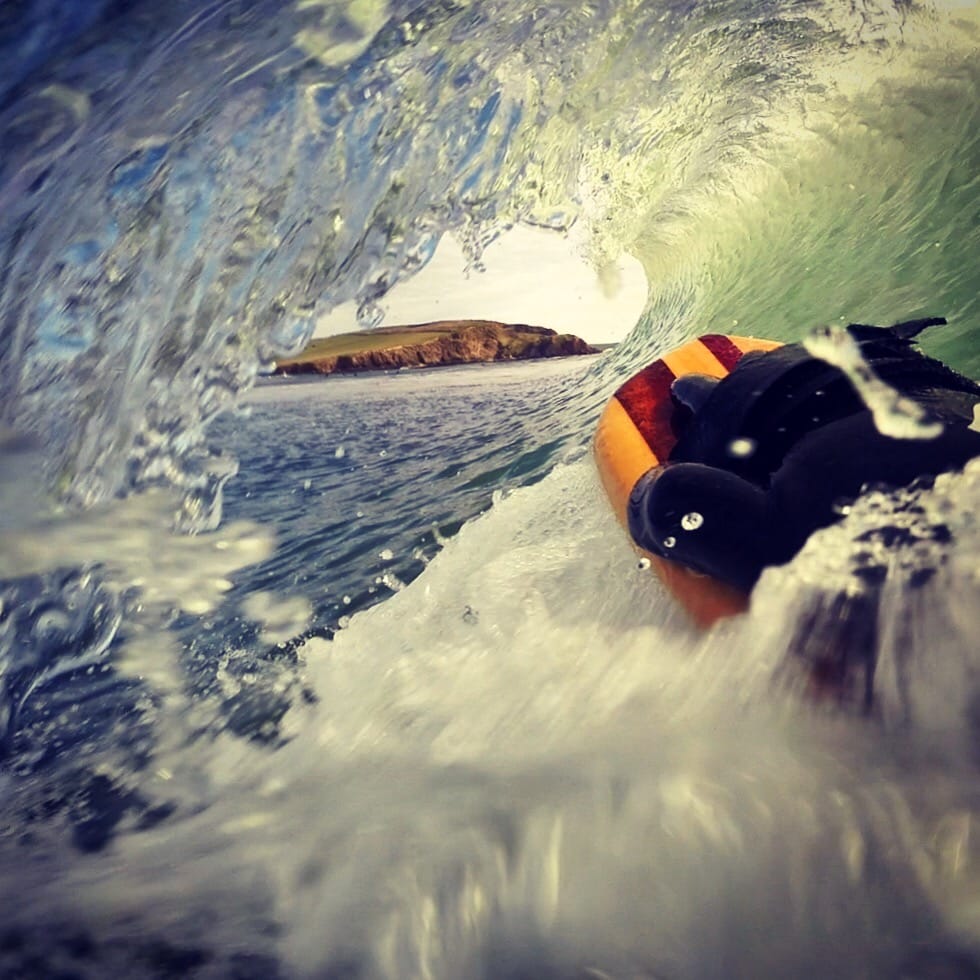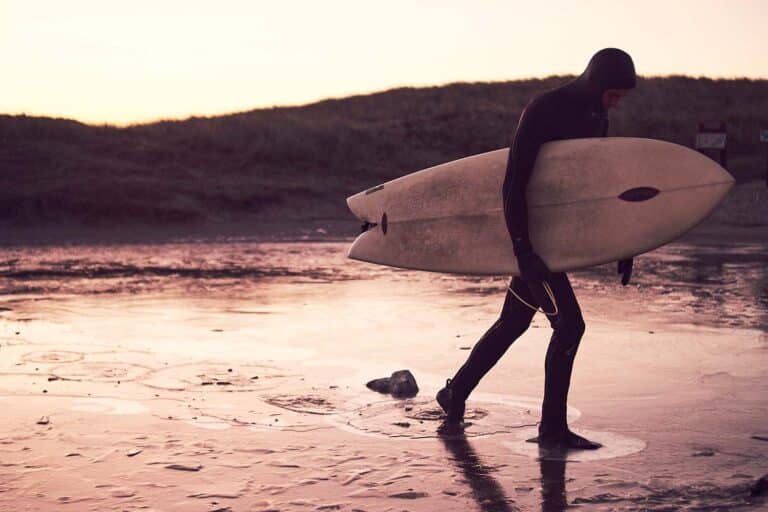Do you have handplane in your quiver?
A more diverse quiver will allow you ride more different types of waves. You will be able to spend more time surfing and have more fun, and that’s what it is about! Right?
Handplaning, an enhanced version of bodysurfing, allows you get more out of your surf, providing you with long clean rides, allowing you to stick to your line, change direction and even attempt a barrel roll if you’re feeling confident. More than anything else though, it’s immensely fun. Free from being tethered to a surfboard, and without the stress of having to pick the perfect wave, you can just play. Previously a little known form of wave riding, isolated to surfing’s Hawaiian and Polynesian infamous history spots, handplaning now fast becoming a recognized form of wave riding sharing the table on surfing’s world stage.
Whether you have experience from surfing or if handplaning is your raison d’être for getting amongst the surf, paddling in front of a peaking wave with a handplane out in front of you will provide enough propulsion to get yourself flying down its face and soon hurtling through your first barrel. Something everyone dreams about doing, but relatively few actually experience standing up on a surfboard.

We had a talk with Adam Rees who together with his mate Mark Co-founded Compass Handplanes South west of the UK. Together they shape first class handplanes by hand out of wood.
How did you get into handplaning and why did you start shaping?
Actually it started with a mistimed kickflip which resulted the skateboard to break. We decided to use the broken deck to create a handplanes. Having read about handplaning and watched a number of YouTube videos on the sport, we figured a handplane would be a necessary addition to our quivers. It started as an alternative to surfing, handplaning soon became our new reason for hitting the water. We got barreled more frequently than we ever managed on our surfboards. We both got hooked immediately!
Compass Handplanes are not made of reshaped skate decks, what made you move on to other materials?
After just a few sessions we came to realize that the plywood skate decks were clearly holding us back. We headed into our small workshop and set about creating something cleaner, lighter and more secure. Now we only use the finest species of solid hardwood for our boards which we source from a local timber supplier. Boards are shaped out of classic woods including Elm, Sapele and Walnut but we also cannot resist experimenting with more exotic woods like African Wenge or Bubinga. We don’t believe plywood or laminate alternatives will provide a good enough ride, not to mention their inability to stand up to the demanding conditions when being thrown around in big surf. Our handplanes are made to last a lifetime and stand up to the most testing of conditions. Everything on a Compass Handplane is designed and constructed with care and attention. We stitch together our own fully adjustable hand straps as we appreciate how important it is to have a comfortable and adjustable fit in every riders hand. A large chunk of time is spent creating a perfect silky smooth finish, followed by numerous coats of natural Tung tree nut oil. This provides a fully durable waterproof finish, whilst retaining the elegant and natural feel of the wood. It takes hours of shaping to create our handplanes and we want each rider to enjoy spending many more in the water.

What about the different shapes?
At present we have four different board shapes, all of which embrace subtleties in the way they look, ride and feel on your hand. The Stub board is our shortest board, designed for a range of conditions and especially suited to steep, powerful waves. The Fish and Crescent board are our mid sized boards, great all rounders with smooth cutaway tails contributing to their namesake. These shapes provide a larger surface area, without adding excess length allowing for increased grip and control. The Pin is our longest board and great for all conditions, big and small. This shape provides a long tail with smooth lines and a deep concave. It allows you make the next section as well as hold your line when searching to hit the barrel.
All waves! That is the beauty of handplaning, you can ride all conditions – big, small, long and slow or short and dumpy. Even when its flat you can still usually find a barrel to tuck in to. Really it just comes down to what conditions you feel comfortable in!

